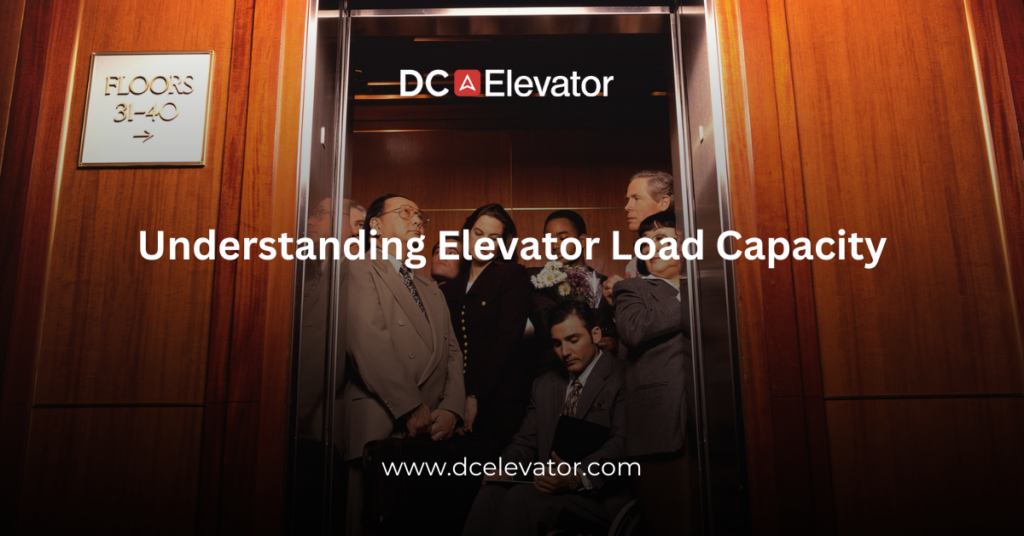Elevators are integral to modern buildings, facilitating efficient vertical transportation for people and goods. One crucial aspect of elevator design and functionality is load capacity. Understanding elevator load capacity is essential for ensuring safety, efficiency, and optimal performance.
What is Elevator Load Capacity?
Elevator load capacity refers to the maximum weight an elevator can safely carry. This includes the combined weight of passengers, cargo, and any additional equipment. Load capacity is determined during the design and manufacturing process, taking into account various factors to ensure safe operation.
Importance of Load Capacity
Safety
Safety is the primary reason for adhering to load capacity limits. Overloading an elevator can lead to mechanical failures, posing significant risks to passengers. Exceeding the load capacity can strain the elevator’s components, leading to malfunctions and potential accidents. Adhering to the specified load capacity ensures the elevator operates within its designed parameters, maintaining safety for all users.
Efficiency and Performance
Elevators designed with appropriate load capacity operate more efficiently. When elevators consistently carry loads within their capacity, they experience less wear and tear, resulting in smoother rides and reduced maintenance requirements. Proper load management helps in optimizing the elevator’s performance and prolongs its operational lifespan.
Factors Determining Load Capacity
Several factors influence an elevator’s load capacity, including:
- Design Specifications: The structural design and materials used in construction play a significant role in determining load capacity. This includes the strength of the elevator car, cables, and other critical components.
- Building Requirements: Different buildings have varying requirements based on their usage. For instance, commercial buildings may need elevators with higher load capacities compared to residential buildings.
- Usage Patterns: Understanding the typical usage patterns helps in determining the appropriate load capacity. Elevators in shopping malls or hospitals may need to accommodate larger crowds and heavier loads compared to those in office buildings.
- Regulatory Standards: Compliance with local and international safety standards and regulations is essential. These standards dictate minimum requirements for load capacity based on the type and usage of the elevator.
Signage and Indicators
Clear signage indicating the maximum load capacity should be prominently displayed inside the elevator. This helps users understand and adhere to the capacity limits. Additionally, modern elevators are equipped with overload sensors that alert passengers when the load exceeds the safe limit, preventing operation until the excess weight is removed.
Educating Users
Educating building occupants about the importance of adhering to load capacity is crucial. Regular reminders and clear communication can help prevent overloading incidents. This is especially important in buildings with high foot traffic, such as shopping centers, hospitals, and office complexes.
Conclusion
Understanding and adhering to elevator load capacity is vital for ensuring the safety, efficiency, and longevity of elevator systems. By recognizing the factors that influence load capacity and promoting awareness among users, building owners and managers can maintain optimal elevator performance and safety. Proper load management is not only a regulatory requirement but also a fundamental aspect of responsible building management.
